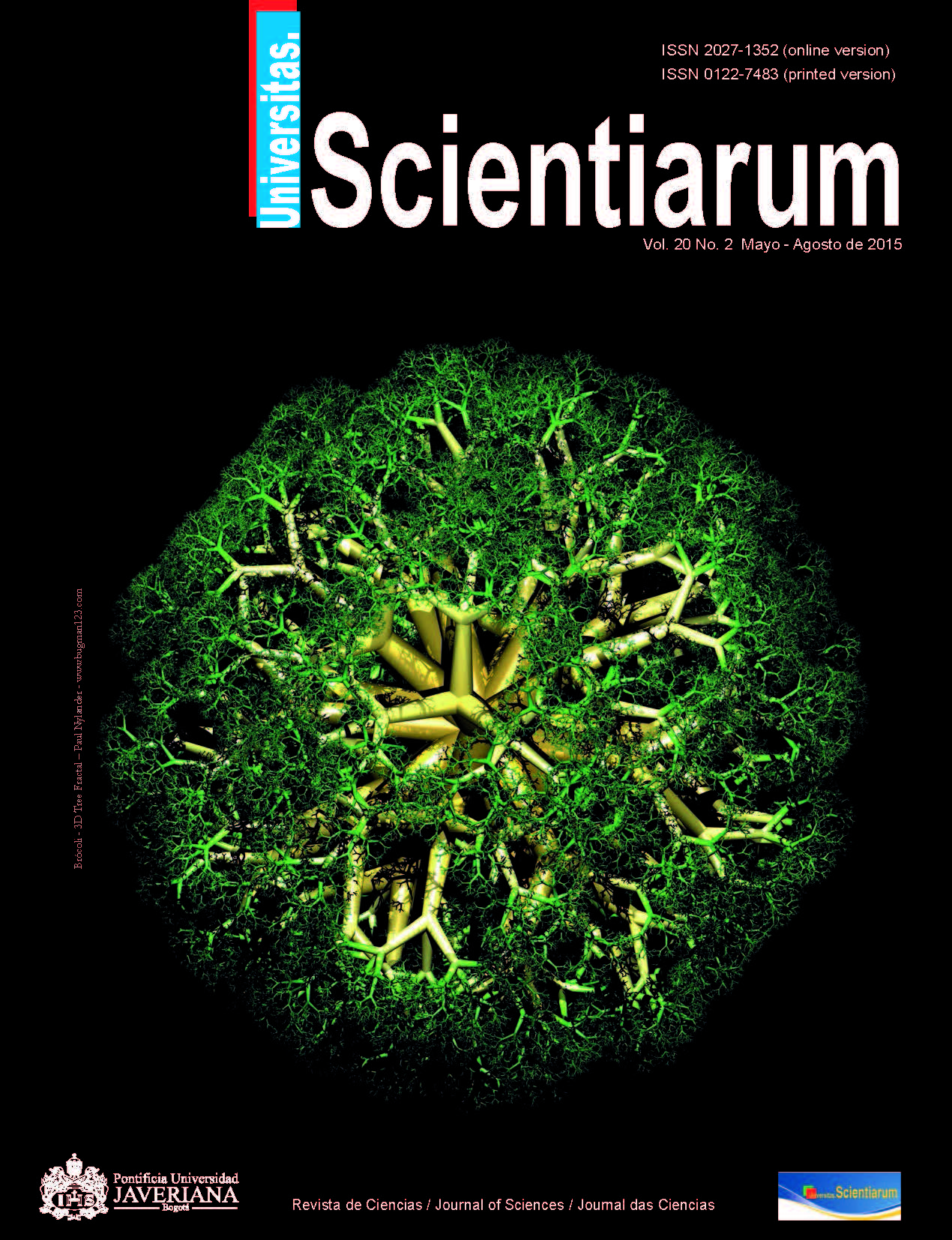Abstract
Developing countries currently face challenges related to the management and disposal of biosolids that result from wastewater treatment. One of the most important issues they must deal with involves the maximum level of pathogens permitted and the effect they may have on the environment and human health once they are used for agricultural purposes. In order to learn about the risk generated by these kinds of practices, we assessed the behavior of indicators of fecal contamination in grasses used to feed dairy cattle. The study area was divided into two plots: an experimental plot in which diluted biosolids were applied and a control plot without the application of biosolids. We collected samples from soil, grass, surface water and groundwater and analyzed the presence of fecal coliforms, Salmonella spp., somatic phages and helminth eggs. Experimental and control plots showed a decrease in the concentration of bacterial indicators assessed in soil, and low concentrations in surface water, groundwater and grass. Concentrations of viral and parasite indicators tend to decrease more slowly. Our results show that this way of biosolid management allows a better use of its benefits as an organic amendment by lowering the sanitary risk due to the presence of pathogens.
Univ. Sci. is registered under a Creative Commons Attribution 4.0 International Public License. Thus, this work may be reproduced, distributed, and publicly shared in digital format, as long as the names of the authors and Pontificia Universidad Javeriana are acknowledged. Others are allowed to quote, adapt, transform, auto-archive, republish, and create based on this material, for any purpose (even commercial ones), provided the authorship is duly acknowledged, a link to the original work is provided, and it is specified if changes have been made. Pontificia Universidad Javeriana does not hold the rights of published works and the authors are solely responsible for the contents of their works; they keep the moral, intellectual, privacy, and publicity rights. Approving the intervention of the work (review, copy-editing, translation, layout) and the following outreach, are granted through an use license and not through an assignment of rights. This means the journal and Pontificia Universidad Javeriana cannot be held responsible for any ethical malpractice by the authors. As a consequence of the protection granted by the use license, the journal is not required to publish recantations or modify information already published, unless the errata stems from the editorial management process. Publishing contents in this journal does not generate royalties for contributors.



